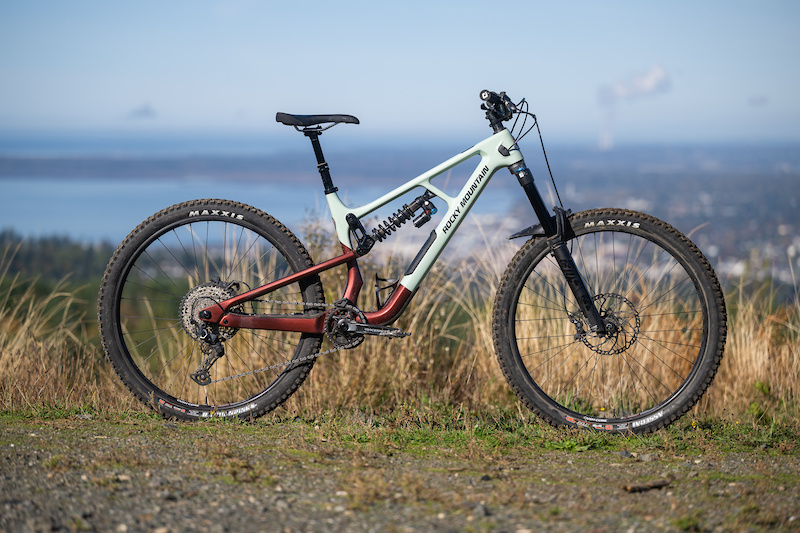When it comes to handling, the Slayer falls into the ‘classic freeride’ category, which became popular in the early 2000s, before enduro took off. Unlike modern freeride bikes that focus on tricks and jumps, the Slayer excels at navigating technical trails. While it is capable of jumps and flips, its true strength lies in steep and natural terrain.
I found that the Slayer performed best on the steepest trails. With its slack 63-degree head angle and long wheelbase, it offers excellent stability. It feels safe and secure, making it perfect for rowdy, fall-line trails. Unlike some bikes that can feel nervous or unstable, the Slayer inspires confidence. However, it does feel slightly taller than other comparable bikes, such as the Santa Cruz Nomad or Nukeproof Giga, which have lower top tubes and bottom brackets, allowing for easier maneuverability in turns.
Despite its long and slack geometry, the Slayer didn’t feel particularly fast in the Whistler Bike Park. It seemed to get caught in holes rather than gliding over them. I also noticed this on slower, stepped sections of trail, where the shock provided minimal support. In certain scenarios, the bike felt overly active. I experimented with adding more compression to improve the bike’s height in its travel, which helped to some extent. However, overall, I felt that the rear suspension could have been more cohesive and supportive. A firmer compression tune or an air shock may enhance the Slayer’s suspension feel.
Switching gears to the wheels, I initially tested the Slayer with 29″ wheels before trying out the mixed wheel setup. Personally, I preferred the mixed wheels and think it would have been beneficial for Rocky to offer this configuration across the size range. The smaller wheel size made the Slayer feel less cumbersome and slightly more agile, especially on tighter trails.
I kept the chainstays in the 439mm setting, as I didn’t encounter any instances where the rear end felt too short. However, riders interested in running SRAM’s new Transmission drivetrain will need to use the longer 449mm position, as it is the only setting compatible with UDH.


